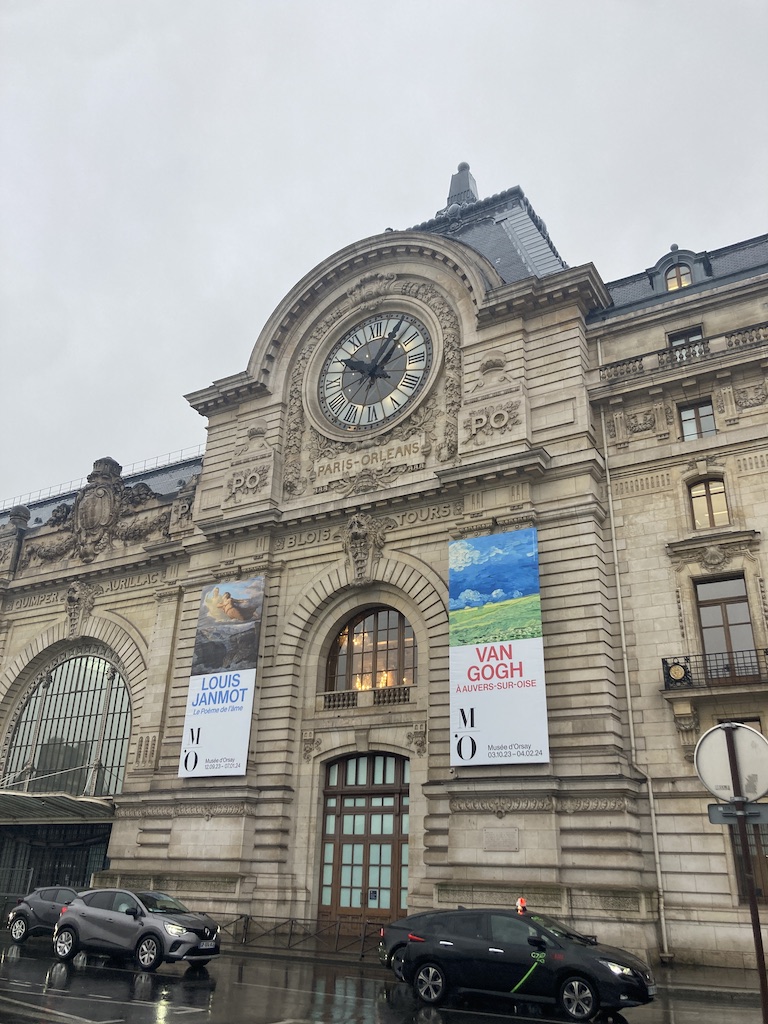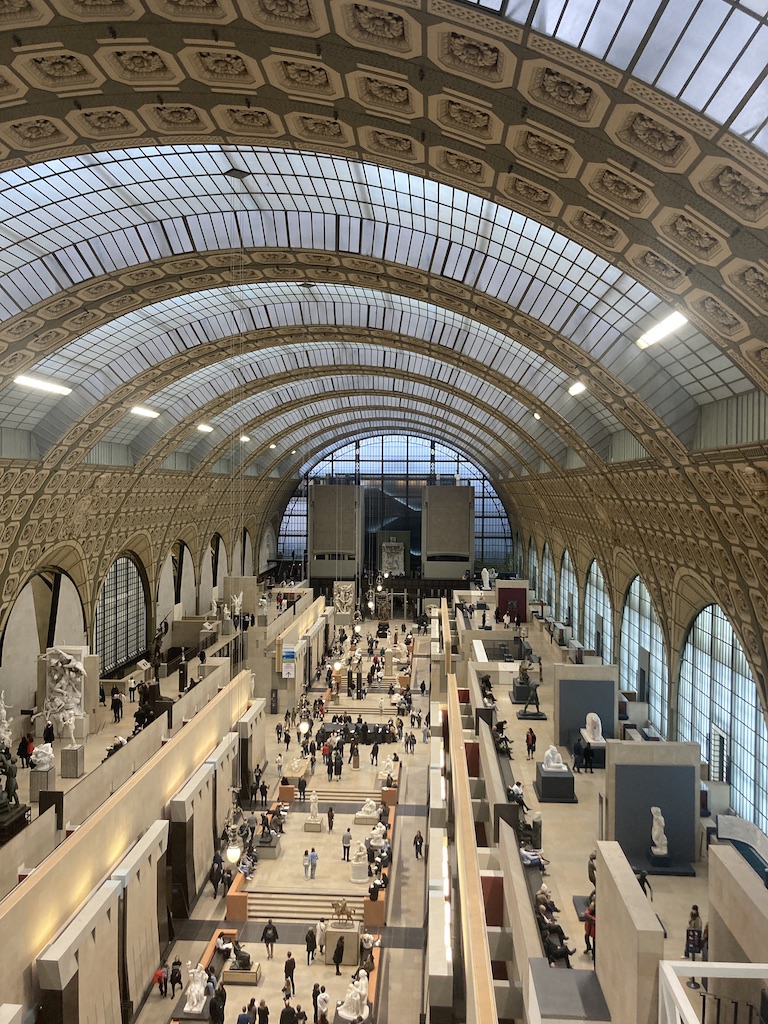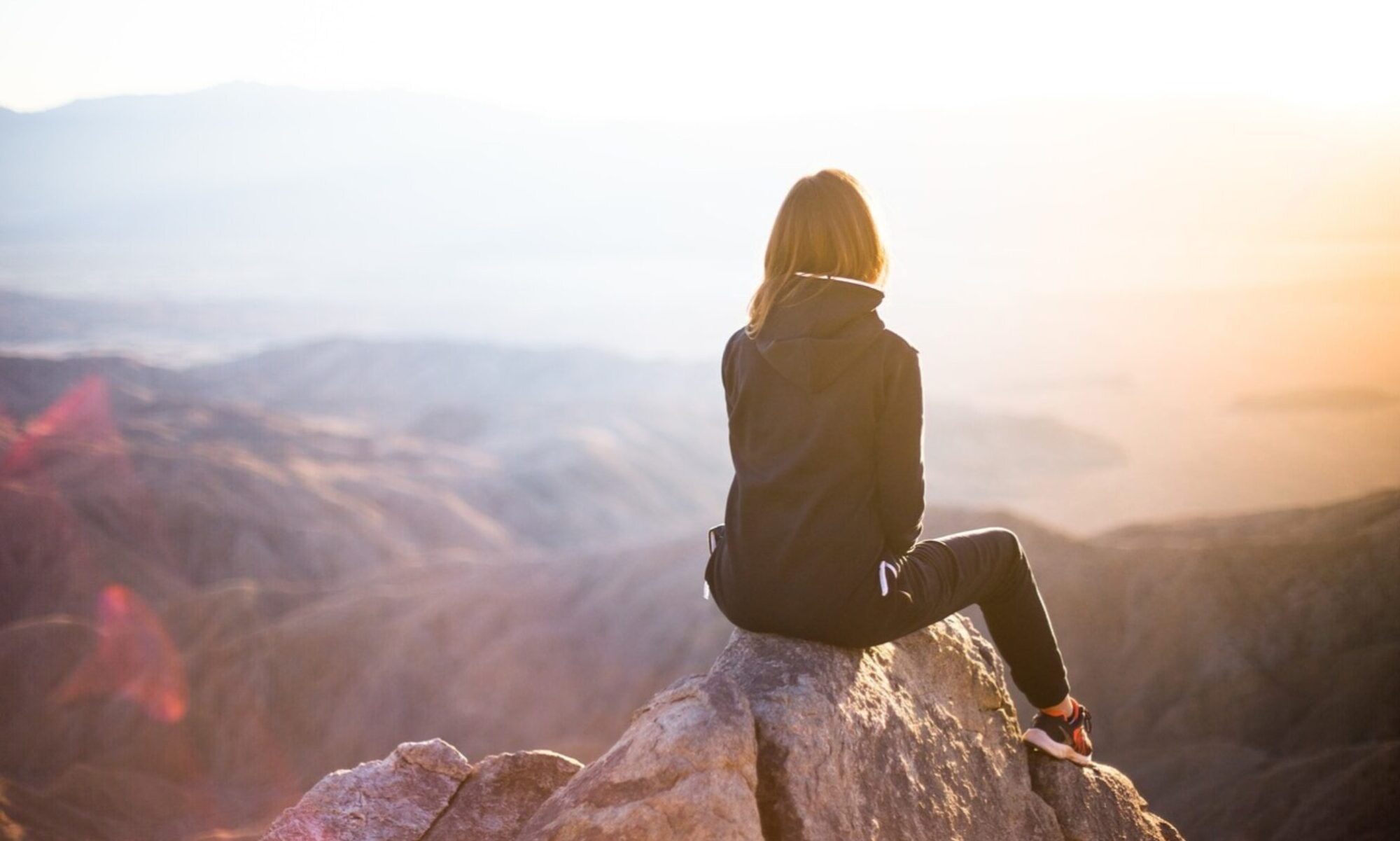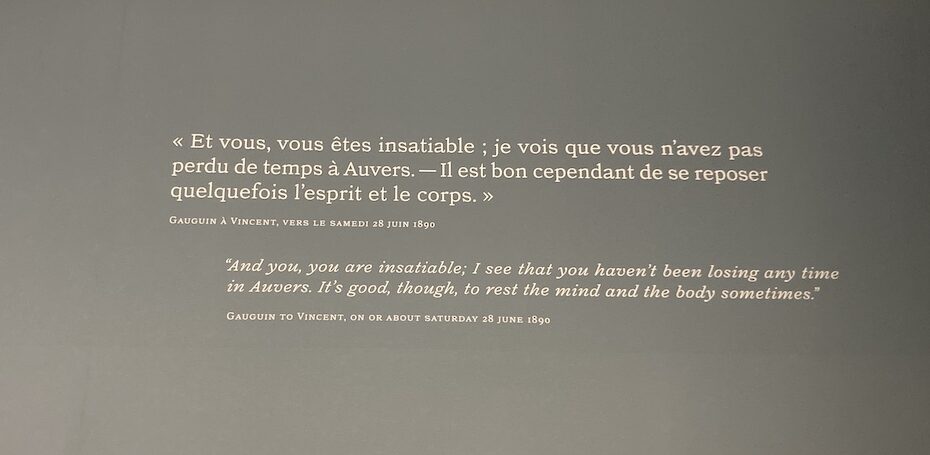In a world flooded by the selfie craze, there’s an underlying narrative that permeates the superficial charm of perfect Instagram shots. This relentless pursuit of the ideal photograph often obscures the true essence of an authentic travel experience.
A recent observation at the Musee d’Orsay, beyond the displayed artworks, served as a catalyst for this reflection. While I stood in front of the Impressionist paintings I admire, feeling privileged to be there, other tourists rushed from room to room, eager to capture each painting with their smartphones. My stillness and more contemplative attitude resulted in a few bumps and shoves from these hurried visitors. I was left with the feeling that, in the rush to cover all the rooms and capture as many images as possible, the opportunity to appreciate the art in front of us was somehow lost.


The situation reminded me of the story of Karthika Gupta, a photographer and writer, who witnessed her son being knocked to the ground by a group of tourists in Yellowstone Park, USA, all eager to capture the perfect selfie with bisons in the background.
The selfie Phenomenon
The selfie culture is not just a trend; it’s a phenomenon that can turn incredible locations into scenes of frenzied racing. The fear of missing out or FOMO, and the constant need to document every second on social media have a direct relationship with the current consequences of tourist overcrowding.
The pursuit of the perfect image can compromise the essence of the travel experience. For me, it’s not easy to think of visiting a destination without taking the time to breathe, feel, connect with its land, sounds, silences, colors, and engage with those who know the places I pass through best: its inhabitants.
In response to this mass tourism phenomenon, some destinations are implementing restrictive measures in an attempt to control overcrowding and preserve the authenticity of the location. New Zealand, for example, has adopted measures to discourage photos at tourist spots, and the city of Hallstatt in Austria erected a wall to block the view of the Alps in protest against noise pollution and excessive selfies. In Vermont, USA, influencers were discouraged from visiting during the popular fall foliage season. All these measures could be a good starting point for reflection on the need to balance tourism promotion with the preservation of the authenticity and tranquility of each destination.
My experience at the Musee d’Orsay reminded me of the importance of savoring each moment, especially in front of artworks that endure through the centuries and tell the story of humanity’s capacity to produce beauty. It’s a pity if we allow the race for selfies to prevent us from feeling the magic of a painting, getting lost in the brushstrokes that tell stories, or experiencing the wonder of genuinely connecting with our fellow human beings.
As an advocate for sustainable tourism, I see this as a call for a more conscious approach to travel. How wonderful it is to slow down, appreciate each moment, and respect the destinations we visit. Enlightening travelers about the importance of experiencing rather than just capturing is crucial for preserving the authenticity of travel experiences.
Our craving for perfect images should not extinguish the true beauty and meaning of each place we explore. Traveling with a deeper purpose, allowing space for contemplation, connection, and a genuine appreciation of the cultural richness the world has to offer is a much richer experience than the quest for the ideal image to share on social media.

